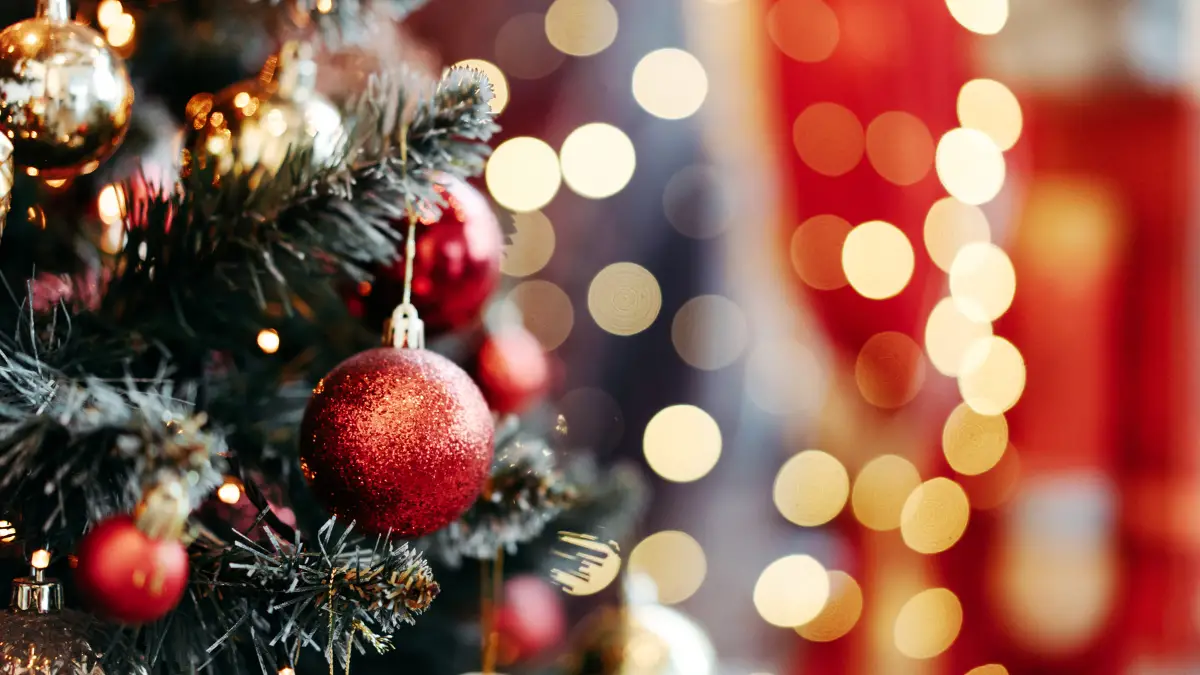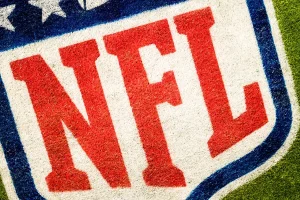Understanding Symbolic Interactionism
As a quick reminder, Symbolic Interactionism is a sociological perspective that focuses on how symbols and shared meanings shape human interactions. It emphasizes that symbols are not fixed but rather constructed through social interaction and that these symbols influence our social reality. Here’s how it applies to the analysis of the symbols of Christmas:
- Symbols: Christmas symbols are the various objects, traditions, and decorations associated with the holiday. These symbols are imbued with meaning and significance.
- Meaning: The meaning of Christmas symbols is not universal but constructed through personal and cultural interactions. People interpret these symbols based on their social context and personal experiences.
- Interaction: Individuals interact with Christmas symbols in various ways, from decorating a Christmas tree to giving and receiving gifts. These interactions are guided by the meanings ascribed to these symbols.
- Social Reality: The way individuals perceive Christmas, their roles, and the holiday’s significance is a product of these ongoing interactions with symbols.
Now, let’s analyze some common symbols of Christmas.
Symbols of Christmas
Christmas Tree
The Christmas tree is a quintessential symbol of the holiday season. Symbolic Interactionism offers insights into the meaning attributed to Christmas trees:
Tradition and Nostalgia
For many, decorating a Christmas tree is a tradition rooted in nostalgia. Families come together to adorn the tree with ornaments, and the act of doing so creates a shared experience that reinforces the sense of tradition and family bonds.
Community
Public Christmas tree lighting ceremonies in towns and cities symbolize community and togetherness. These events bring people together to celebrate the holiday, creating a shared social reality.
Gift-Giving
The act of giving and receiving gifts is central to Christmas. Symbolic Interactionism can help us understand the meaning behind this tradition:
Love and Connection
The exchange of gifts symbolizes love and connection between individuals. The act of selecting and presenting gifts to loved ones is a symbol of care and affection.
Economic and Social Status
The choice of gifts and the value of gifts exchanged can also reflect economic and social status. Individuals may feel pressure to conform to certain gift-giving norms, which can create both social connections and disparities.
Santa Claus
Santa Claus is a beloved symbol of Christmas. Symbolic Interactionism can provide insights into the meaning of Santa Claus:
Generosity and Kindness
Santa Claus is associated with generosity and kindness. Children believe in his ability to bring joy and gifts, symbolizing the spirit of giving and goodness.
Childhood and Imagination
The belief in Santa Claus is a rite of passage for many children. The symbol of Santa Claus represents the world of childhood and imagination, shaping how children interact with the holiday.
Read: Discourse Analysis of Christmas and Santa Claus
Christmas Lights
Christmas lights, whether on trees or homes, are a prominent symbol during the holiday season. Symbolic Interactionism can help us understand their significance:
Warmth and Joy
Christmas lights are a symbol of warmth and joy. They create a festive atmosphere and serve as a visual reminder of the holiday season.
Community and Tradition

Neighborhoods and towns that collectively decorate with Christmas lights symbolize a shared tradition and community spirit.
Manger and Nativity Scene
The nativity scene is a Christian symbol that represents the birth of Jesus. Symbolic Interactionism can shed light on its meaning:
Religious Faith
The nativity scene symbolizes religious faith and the story of the birth of Jesus. For those who display it, it represents a personal connection to their faith and religious community.
Tradition and Family
Setting up a nativity scene can also be a family tradition. The act of placing the figures in the scene creates a shared experience among family members, reinforcing tradition and family bonds.
Final Thoughts on the Symbols of Christmas
Through the lens of Symbolic Interactionism, we gain a deeper understanding of the symbolic meanings associated with Christmas. The Christmas tree, gift-giving, Santa Claus, Christmas lights, and the nativity scene are not static symbols but are dynamically constructed and interpreted through social interactions.
These symbols play a significant role in shaping the social reality of Christmas, from reinforcing tradition and togetherness to symbolizing love and faith. Understanding the meaning of these symbols enhances our appreciation of the rich and diverse ways in which individuals and communities celebrate this festive season.








